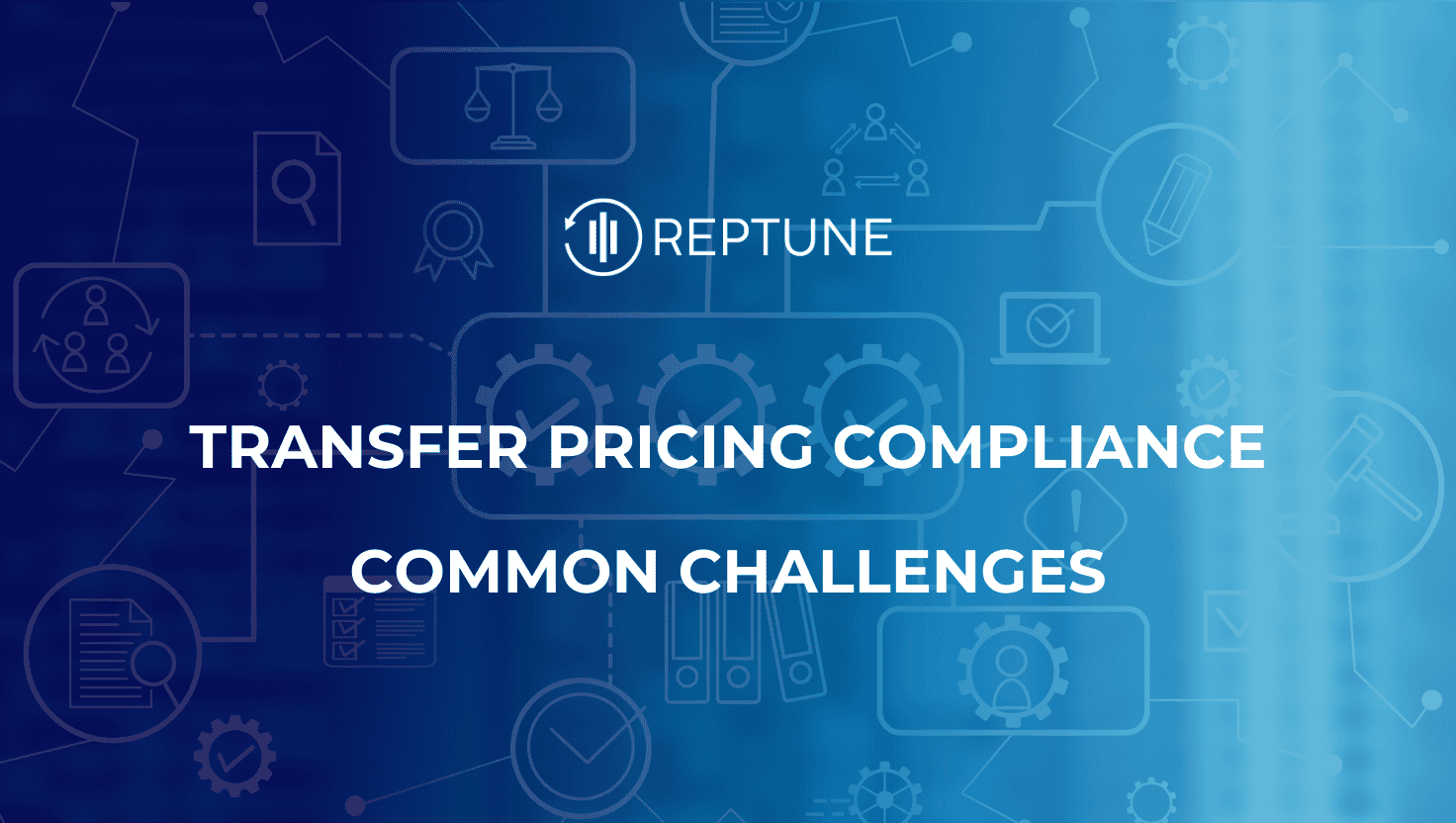
Navigating the world of transfer pricing compliance has become increasingly complex as tax jurisdictions globally continue tightening their transfer pricing rules. For multinational enterprises (MNEs), maintaining consistent pricing for intercompany transactions while complying with local tax laws, OECD frameworks, and growing documentation standards is a strategic necessity. The challenges are extensive—from choosing the right transfer pricing methods to meeting comprehensive documentation requirements, and ensuring real-time alignment with functional conduct and legal substance.
One of the most prevalent issues is failure to meet transfer pricing documentation requirements, especially the creation and maintenance of a Master File, Local File, and Country-by-Country Report (CbCR). These documents are critical to demonstrating alignment with the arm’s length principle and proving that controlled transactions reflect dealings that would occur between unrelated parties.
In jurisdictions like the United States, not meeting these standards can result in heavy penalties, transfer pricing adjustments, and audits. Companies often struggle with fragmented systems, manual data collection, or lack of access to reliable historical information.
Selecting the most appropriate transfer pricing method is critical for compliance. Whether it’s the Comparable Uncontrolled Price (CUP), Transactional Net Margin Method (TNMM), or the Profit Split Method, each technique requires a specific level of functional similarity, availability of data, and market comparability. Mismatched method application—especially for unique or intangible-heavy party transactions—can lead to mispricing and exposure to significant tax liability.
Conducting a robust functions, assets, and risks (FAR) analysis remains a challenge, especially for businesses operating across multiple regions. This analysis ensures profit is attributed to entities actually performing the work, holding the assets, and bearing the risk. Yet in practice, many companies fail to properly delineate which entities are responsible for what—often confusing form with substance.
This issue intensifies with intangibles, where the DEMPE (Development, Enhancement, Maintenance, Protection, and Exploitation) framework is crucial for accurate profit attribution and to avoid disputes with tax authorities.
Companies must defend their pricing models by referencing data from similar unrelated party transactions. However, finding reliable comparables that match the risk profile and economic conditions of the transaction can be extremely difficult—particularly in emerging markets or specialized industries.
Poor benchmarking leads to weak defensibility of the chosen transfer pricing methods, opening the door for transfer pricing adjustments and reallocation of income across tax jurisdictions.
A growing focus in global audits is the alignment between legal contracts and actual business behavior. Tax authorities often disregard formal agreements if they don’t match the reality of how transactions are executed. For example, a contract might allocate risk to one party, but documentation and operational conduct suggest otherwise.
Such discrepancies are especially common in service arrangements and licensing agreements, which can expose the company to compliance challenges under strict transfer pricing regulations.
Many organizations still rely on manual processes for managing intercompany transactions and documentation. This often leads to outdated files, missed updates, and inconsistencies that flag audits. Moreover, without a centralized, automated system, tracking changes across jurisdictions, preparing CbCR, and updating files in line with current tax law becomes unsustainable as operations grow.
With evolving frameworks like OECD Pillar Two, BEFIT, and localized reforms across the EU and Asia, staying current with transfer pricing rules has become a full-time responsibility. Each country may impose its own documentation requirements, risk thresholds, and enforcement mechanisms. MNEs must invest in processes and platforms that ensure compliance across all operational fronts.
Without robust internal risk analysis, companies fail to identify where exposure lies—whether from undocumented controlled transactions, aggressive pricing structures, or under-supported country-by-country reporting. A proactive compliance strategy includes real-time dashboards, internal audits, and alignment between legal and operational teams to address gaps before regulators intervene.
Reptune offers a modern solution to these widespread issues. Designed for global tax teams, the platform provides:
Reptune ensures MNEs not only ensure compliance but also reduce manual workloads, improve audit readiness, and safeguard against regulatory missteps. Book a demo with one of our TP experts today!
Transfer pricing compliance in today’s dynamic landscape is no small task. From maintaining up-to-date documentation and choosing the right transfer pricing methods, to aligning legal form with economic substance, the challenges are varied but conquerable. MNEs must invest in the right technology, internal expertise, and policy frameworks to future-proof their strategies and minimize global tax liability. Tools like Reptune make it easier to navigate this complexity with confidence and control.
